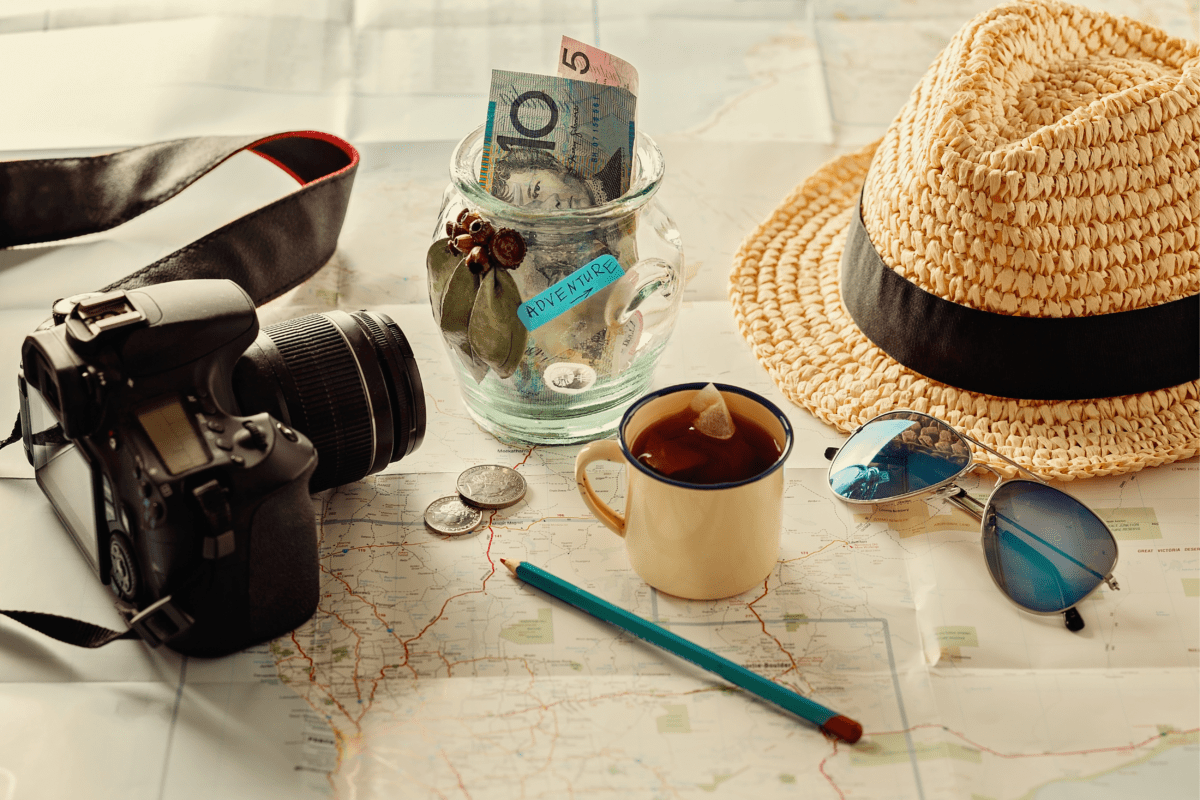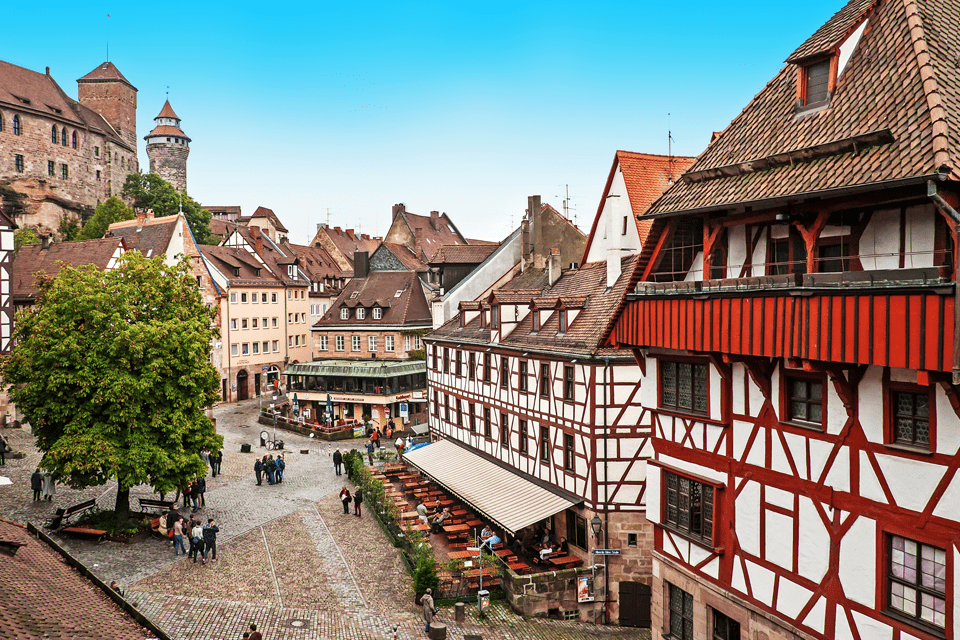As excited as you might be for your upcoming trip, the prospect of traveling to Europe for the first time can be daunting. Even after reading multiple guidebooks, watching back to back Youtube videos, and doing all the research you can do, you might feel nervous about what to expect. It’s understandable. After all, how can you know what you don’t know? Between the language barrier, public transport, and currency exchanges, can be overwhelming.
To set your mind at ease, and give you the best head start for your trip, we’ve put together 11 tips for first time travelers to Europe.
1 – Learn the Tipping Etiquette
Coming from the U.S. or Canada, tipping will be second nature to you. Whether it’s your waiter or your taxi drivers, failing to tip is almost unthinkable for most North Americans.

In Europe, however, things are a little different. The important thing to remember is that tipping culture varies between countries. As most European wait staff and servers get paid a liveable wage, nowhere is tipping expected to the same degree as North America.
- In some countries, most notably Iceland, tipping is a hard no. In others, like Belgium and Switzerland, tipping is considered generous, but unnecessary.
- In other countries like the Czech Republic, it’s customary to give a small tip of 10%.
- In the Mediterranean countries and France, service is usually included in the bill, so only give a tip (about 10-12%) if it says service is not included.
- Leaving change on the table is considered rude in many countries, like Germany and Austria, so here it’s best to hand the tip to your waiter or tell them how much change you’d like back when you pay.
- The ‘service charge’ will often go to the restaurant rather than the server, so if you want to tip your wait staff, do this directly. You may simply wish to ask staff the best way to tip.

Want to build your own trip to Italy instead?
Instantly create your own customized trip with our easy to use trip builder
2 – Get Used to Using Different Currencies
When you think of European currency, you’re probably thinking of the Euro. However, this is just one piece of the puzzle — only 19 of the 27 E.U. member states use the currency.
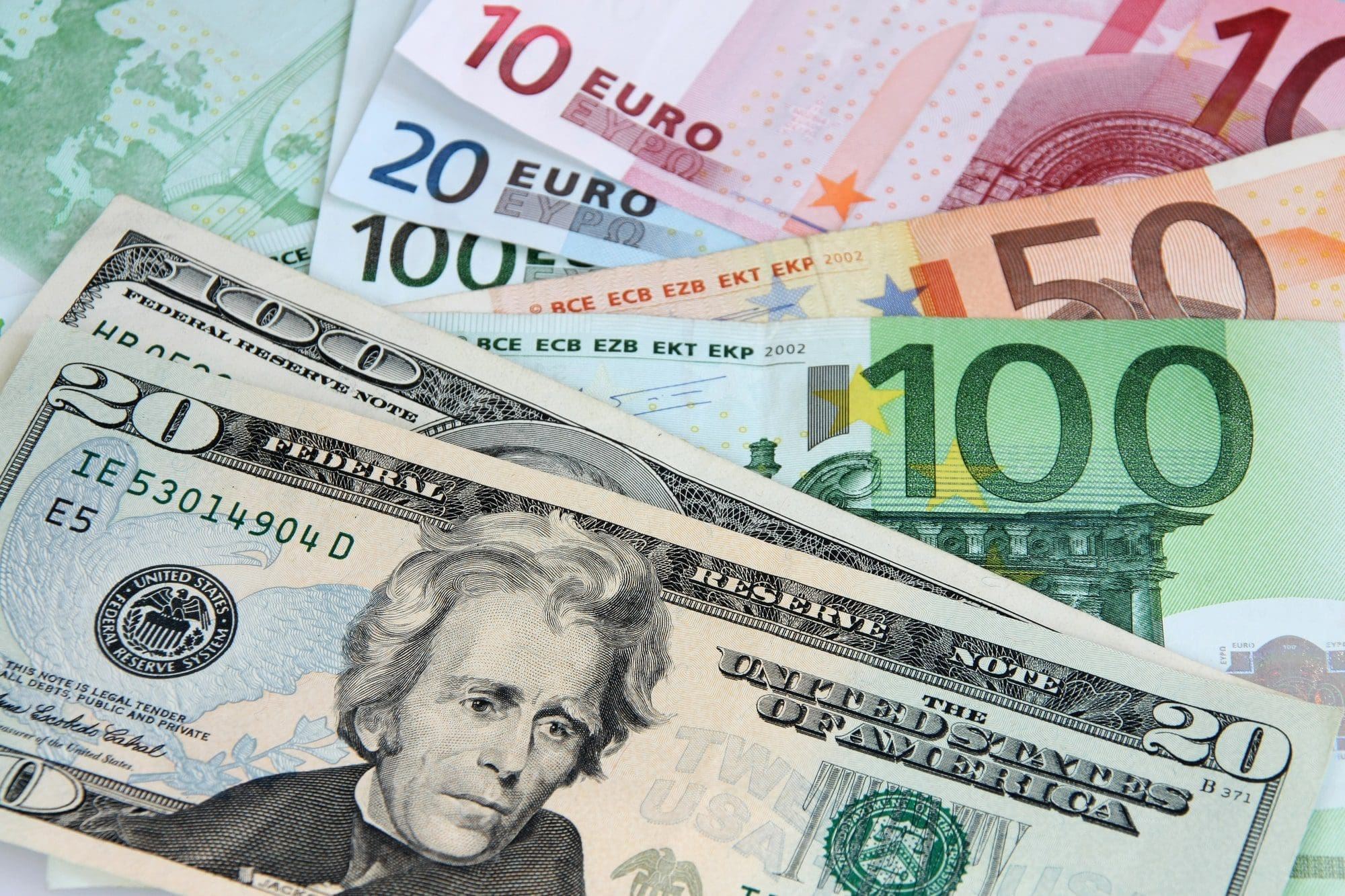
Swiss Francs, Czech Korunas, Polish Zloty, and Hungarian Forint are just some of the other currencies you might encounter on your European tour. This might seem a little overwhelming at first, but it doesn’t need to be. One tip for first time travelers to Europe is to download a currency converter app to your phone. This will help you get your head around the different costs in each country.
Fortunately, there’s no need to exchange cash every time you visit a new country. ATMs are everywhere in European cities, and rates are usually favorable, especially for U.S. cards, many of which offer enticing rewards.
Be sure, if you do change cash, to do so at a reputable currency exchange. Never exchange money on the street, and always get a receipt.
3 – Be Prepared for Some (Small) Language Barriers
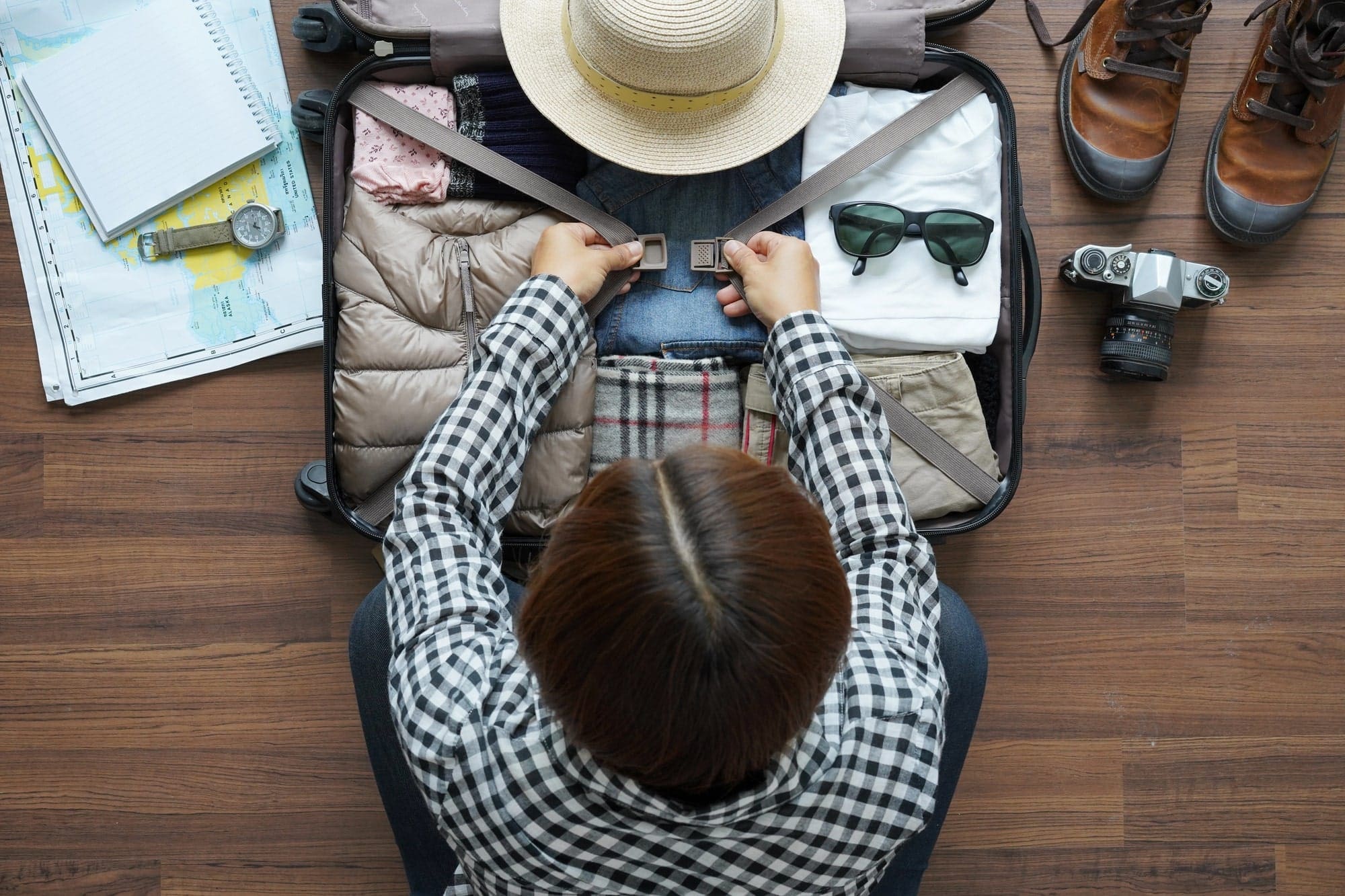
Europe is home to more than 200 languages, which might seem like a headache waiting to happen. However, language barriers are rarely a problem for tourists in Europe. They certainly shouldn’t impact your experience in any significant way. Hearing a new language might be one of the best parts of your whole trip.
Most people in cities and popular tourist destinations will speak at least some English, and it’s not difficult to learn a few phrases in French/German/Spanish.
In some countries, like the Netherlands, 90% of people speak English. In fact, in the E.U. as a whole, nearly 40% of people say they speak enough English to have a conversation. Even in countries where English is less widely spoken, you’ll find most locals can understand basic phrases, especially those who work in the tourism industry.
Still, it’s worth learning a few basic phrases in the local language. It won’t take long, and if nothing else, it’s good to show respect to your hosts. We suggest learning how to say ‘hello,’ ‘thank you’ and ‘excuse me’ in every country you visit, as these niceties go a long way in breaking the ice.
4 – Make Sure you have the Correct Electric Plug Converters
Europe has its own standard plug converters, but confusingly this doesn’t apply to all the countries. For instance, the U.K. and Ireland have their own three-pronged converter, and neither your North American or European plugs will work there.
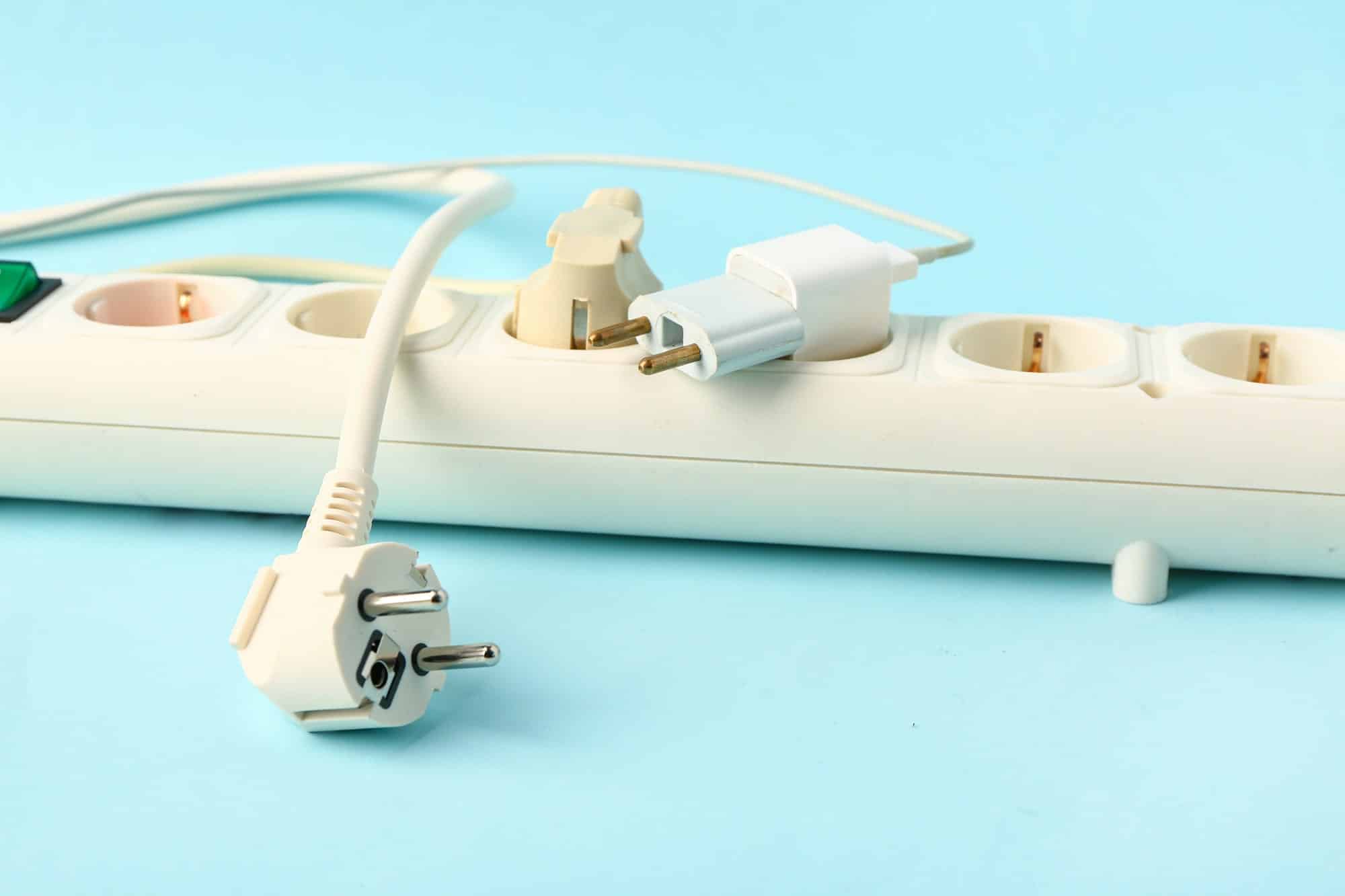
The good news is that all other European countries, except Malta and Cyprus, use the same two-pronged design for plugs. You can buy converters on the ground, but they’re often either overpriced or poorly made and occasionally even unsafe.
The best approach is to invest in a good multi-purpose ‘Europlug’ converter at home and fly it over. American appliances run on 220V while European ones run on 110V. Make sure to check your charging equipment to make sure it fits within the correct range.
5 – Check Your Cellphone Plan Works in European Countries
A few weeks before you depart for your trip, talk to your cellphone service provider about international roaming in European countries. Consider how much data you will use on your journey.
Remember, many airports, hotels, and restaurants will have Wifi you can use free of charge. You can also toggle the roaming setting on and off on your phone, so you are not roaming all the time.
If you don’t own one already, you may wish to buy an external bank to recharge your phone.
Especially for first time travelers, but even for frequent flyers, a cell phone will enhance your travel experience. Airlines now offer live updates on flights directly to your phone. Apps like Google Maps make getting around new places much more straightforward. In some cities, you may prefer to use Uber or another car ride service app. At restaurants, a translator app such as Google Translate is an invaluable tool for reading menus in a foreign language.
6 – Be Ready for Crowds
Europe welcomes hundreds of millions of tourists per year, which means it can get pretty busy, especially during the summer high season and around famous landmarks.
Here are some tips for first time travelers to Europe on how to minimize crowd-related stress:
- Book your trip during the shoulder season or low season. The busiest months to visit Europe are May, June, September, and December, so avoiding these times will mean fewer crowds to contend with. Be aware that July and August are peak summer in most European countries so it will be hot.
- Get up early. If you can drag yourself out of bed at sunrise, you can beat the crowds to Europe’s main tourist attractions and have them almost to yourself. This leaves the afternoon free to relax with a cappuccino or a glass of red.
- Book tickets in advance to beat the lines. Many tourist activities will give you the option to buy tickets in advance online, allowing you to skip the horrifyingly long lines for ticket offices.
- Get off the beaten path. Tourists tend to congregate around a limited number of world-famous tourist spots in Europe. While these are definitely worth exploring, it’s also a good idea to break out and visit some second cities and destinations that aren’t in every main guidebook. It offers a break from the crowds and some unique experiences.
- Take it easy on the weekend. Weekends are the busiest time for most tourist activities. If possible, visit busy areas during the week and use the weekends for more relaxing activities away from the chaos. Many residents leave European cities for the country or the seaside on the weekend.
- Don’t try to see everything. Europe is a big place with an endless list of things to see and do. If you try to see it all, you’ll end up exhausted and stressed before you even scratch the surface. Be selective with your sightseeing and take it slow.
7 – Stay Safe
Especially as a first time traveler to Europe, you may be concerned about your safety and security while traveling. Some European cities have something of a reputation for being dangerous. In many cases, this is completely undeserved, and Europe is home to some of the safest regions in the world.
However, it’s still a good idea to take precautions, especially in highly touristed areas. Certain parts of cities like Rome and Paris especially can carry a high risk of petty crime like pickpocketing, and it’s important to remain aware of this when you travel.
Common sense situational awareness will take you a long way. Here are some tips to keep yourself safe:
- Take care on public transport. Pickpockets often operate on busy trams and buses where they can go unnoticed. Keep your wits about you and remain conscious of your valuables.
- Don’t carry a ton of cash. There’s no reason to carry a considerable amount of money in Europe, and getting robbed while doing so can turn a frustrating loss into a trip-ruining disaster. It’s best only to carry what you’ll need for that day.
- Find out which areas to avoid. Ask your hotel staff or local friends which parts of town are best avoided. Take care in unfamiliar neighborhoods, and avoid walking around alone after dark.
- Have a backup. Make photocopies of your documents, keep digital files in your email account, and store your unused credit cards in your hotel room’s safe, if it has one.
Remember that millions of people visit Europe every year and have no problems whatsoever. Exercise necessary precautions, but don’t let a fear of crime spoil your trip or discourage you from setting off in the first place.

Want to build your own trip to France instead?
Instantly create your own customized trip with our easy to use trip builder
8 – Use Public Transport

European countries, as a rule, have much better public transport infrastructure than North America. They’re smaller, more compact, well-connected, and getting around is often astonishingly affordable.
Many cities offer the option to buy a day pass or a 72-hour pass, providing you with unlimited access to public transport during that time. These are perfect for short-term visits and can add up to an impressive saving. Remember, you will likely need to scan or clip your ticket to validate it while you ride.
You might worry that public transport is only for locals, but most European cities have tried to make them as user-friendly for tourists as possible. Popular sightseeing stops are usually marked in English, and announcements may be in English as well as the local language.
As a first time traveler in Europe, you may worry you will get lost on the metros and trains. Bear in mind that even if you get disorientated on the public transport, it is very simple to hop off at the next stop and back track. Train and station attendants will also help you, and many speak English.
If you like being more active, public bicycles are another great way to get around. These are also often extremely affordable, and provide more freedom than trams and buses. Another option is simply to walk around. European cities are typically much more walkable than their North American counterparts. Pounding the pavements can be a great way to really experience a new place.
When it comes to taxis, it pays to be aware of scams. Often taxi drivers will attempt to charge you many times the usual rate because you’re a tourist. It’s worth learning typical costs from a local and agreeing on prices before you start the journey.
In many countries, Uber and Grab are cost-effective alternatives to local taxi companies.
9 – Take Your Time and Don’t Overplan
A common mistake when visiting Europe is to try and pack too much into one itinerary. While European countries are generally much smaller than the U.S. or Canada, they are still countries, and it takes time to travel around and between them.
You won’t be able to see everything on this trip, so don’t exhaust yourself by trying. Instead, take it slow, soak up the vibe, and aim to fully experience places.
Landmarks and museums are just one aspect of Europe, the culture and way of life is a big part of the appeal. This is arguably best savored from a sidewalk bar or terrace balcony, perhaps over a glass of the local wine. A relaxed day in Europe can be easily passed visiting a museum in the morning, having lunch at the local market, and then simply wandering the Old Town or exploring a new neighborhood in the afternoon. For help planning your itinerary and putting together the perfect trip, a trip planning service can help.
10 – Consider Your Medication
Regulations are very different in Europe when it comes to medication, and you might find it very difficult to find what you need here. Remember to plan ahead and bring along any medication you might need for the duration of the trip. If you are traveling with prescription medication, consider asking for a note from your doctor to accompany it.
One matter to consider is allergy medication. The difference in climate and vegetation in Europe may trigger allergies, which could be a serious source of frustration on your trip. Cold and flu medicine is also good to have on hand. Visiting the pharmacy in a foreign country can be intriguing, but not when you just want home comforts for a cold.
11 – Pack Carefully and Lightly
Feeling the need to be prepared, many first time travelers to Europe bring a lot of clothes and other ‘just in case’ items. Try to resist the urge to overpack. It helps to bear in mind that stores in Europe will likely sell anything you forgot. Part of the fun of travel is seeing different fashion trends and maybe even picking out a few new things for yourself.
Even in winter months, when you’ll definitely need to layer up, we still recommend packing light rather than heavy. You’re likely to fill all that extra suitcase space with shopping, souvenirs, and gifts for friends. Plus, you’ll thank yourself when you’re lifting your suitcase!
One pro traveler tip is to use packing ‘cubes’ – smaller bags that compress your clothing, which you then pack into your main suitcase. This also helps keep your suitcase in order.
Just remember, there’s a first time in Europe for everyone. Although some tips and tricks will definitely boost your travel nous, the whole point of travel is to embrace the experience. Millions of people visit the continent every year and have a wonderful time – you surely will too.
First time traveler to Europe? Feeling a little nervous? Don’t worry, we’ve all been there. To take the stress out of your trip, get a customized itinerary from Go Real Travel. Our expert travel advice will see you off on the trip of a lifetime.

